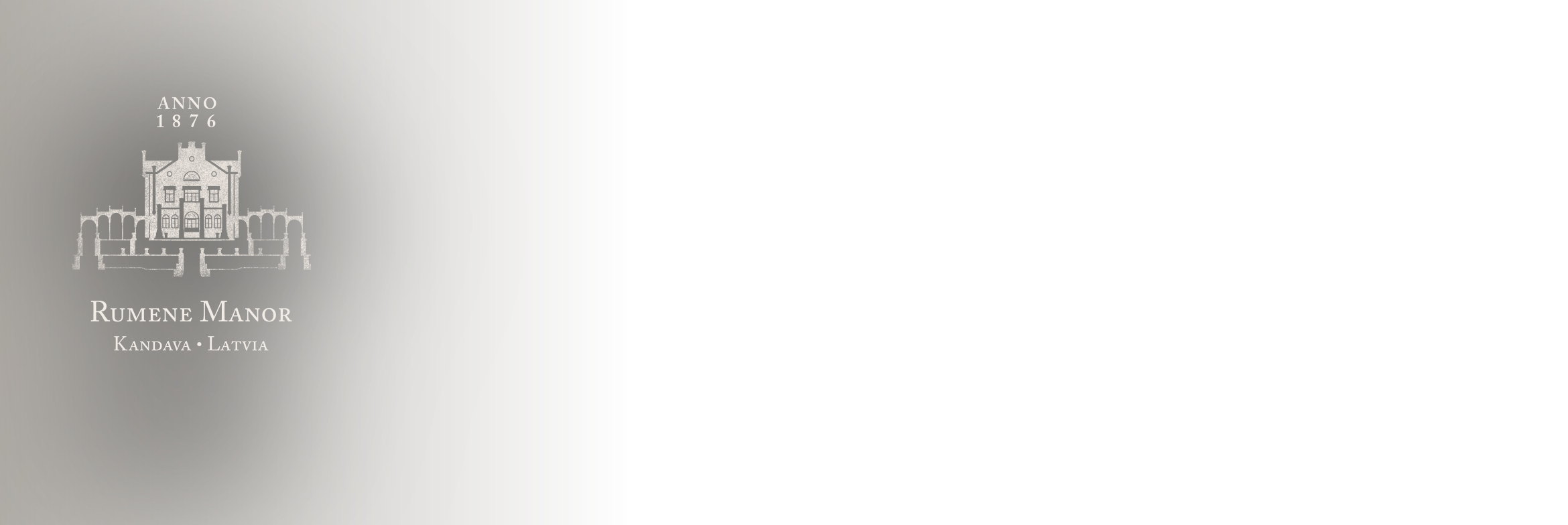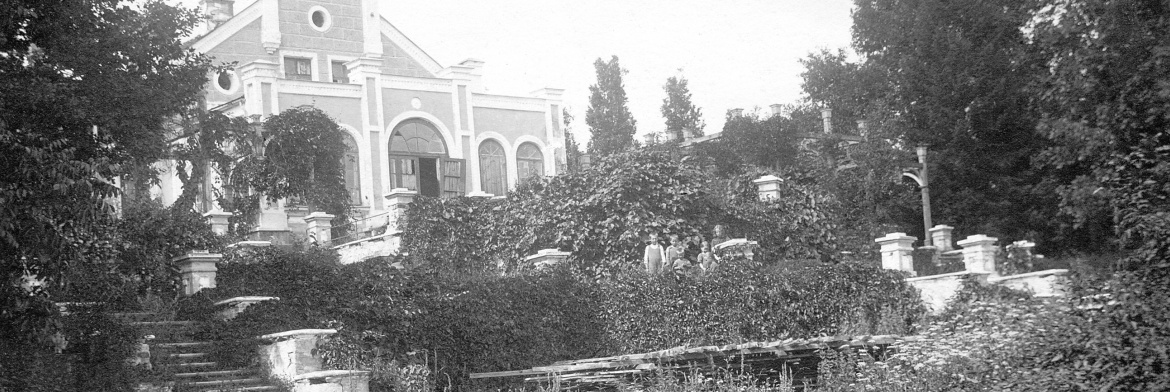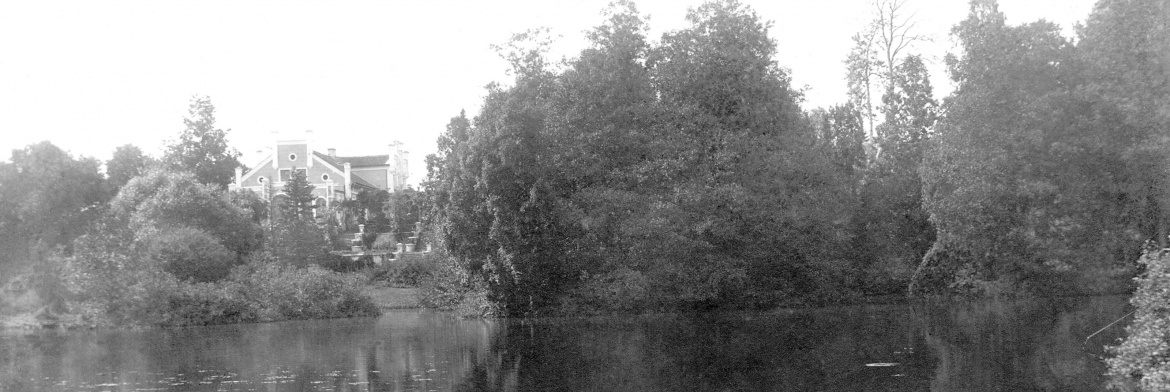History
Rūmene Manor is steeped in history. The main manor house itself is a 19th-century Neo-Gothic gem, surrounded by a 7-hectare landscaped park nestled at the shore of its private lake. After having fallen into extreme disrepair over the previous decades, the main manor house, along with four ancillary buildings and the park, has been meticulously restored, preserving the historical essence while tastefully incorporating luxurious comforts and contemporary design elements.
The history of Rūmene Manor stretches back over 600 years. The whole estate, including 12 auxiliary buildings and surrounding territory, once covered over 700 hectares. Up until Latvia’s first independence in 1918, it was a Baltic-German estate, changing owners many times over the centuries. During the manor’s most recent restoration, which was begun in 2009, an original signed and sealed deed from March 21, 1681, was discovered in state archives.
The current main manor house was originally built in the Neo-Gothic style in 1876 and is believed to have been designed by Teodors Zeilers.
Today, Rūmene Manor covers almost 100 hectares. The landscaped park and the surrounding fields and woods are home to many rare species of flora and are a bird-watchers paradise. The park is believed to have been designed by the landscape architect Georg Kuphaldt, who also designed many of the Riga’s well-known parks in the 1800s.


